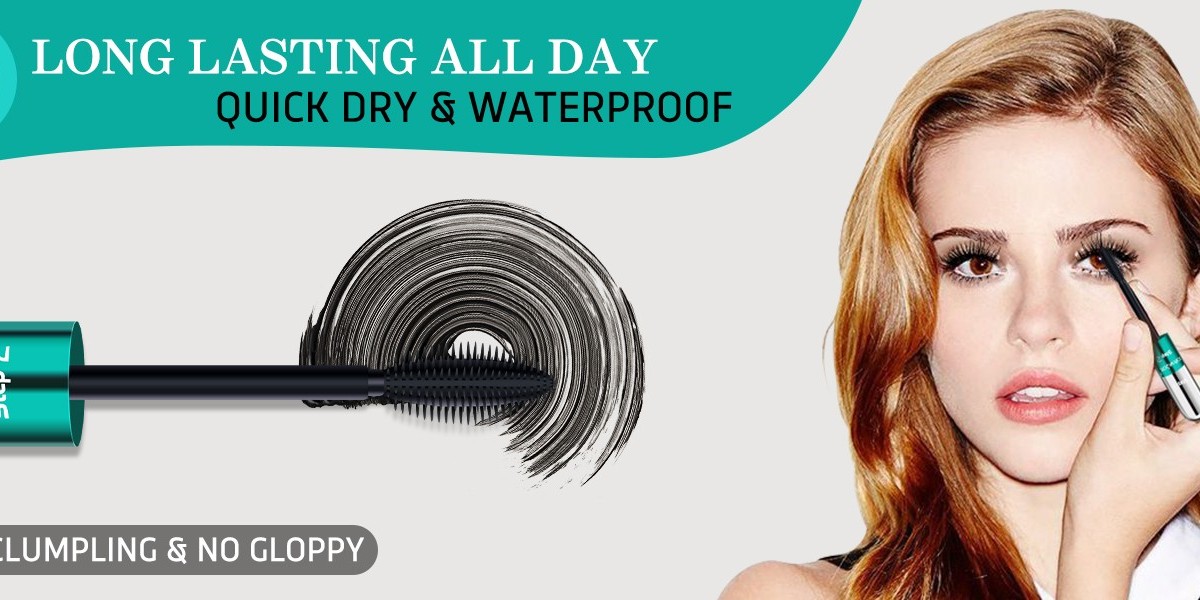In today’s fast-moving, image-driven marketplace, compelling visuals are more than just aesthetic choices—they’re essential business assets. Whether you're a publisher, brand manager, content creator, or startup founder, hiring the right illustrator can elevate your message and enhance your brand's identity. But before signing a contract or negotiating a budget, it's crucial to know how to evaluate an illustrator’s portfolio effectively. This step ensures that you choose a creative partner whose style, professionalism, and capabilities align with your business goals.
This guide will walk you through the key factors and practical strategies for assessing an illustrator’s portfolio from a business perspective.
1. Start With Your Project’s Goals and Scope
Before diving into a portfolio, be crystal clear about your project. Ask yourself:
What type of illustration do you need? (Editorial, product, marketing, children’s book, technical, etc.)
What tone or emotion should the artwork evoke? (Playful, sophisticated, minimalist, detailed, etc.)
How will the illustrations be used? (Digital ads, packaging, social media, print media, etc.)
Understanding your project’s requirements will help you filter portfolios more efficiently. It also allows you to assess whether the illustrator has handled similar projects and styles.
2. Check for Consistency in Style and Quality
One of the primary signs of a professional illustrator is consistency. As you browse their portfolio, ask:
Do the pieces demonstrate a coherent personal style?
Is the quality consistent across different projects?
Are the compositions and color choices well thought out?
Consistency doesn’t mean repetition—it means reliability. If an illustrator shows various styles, make sure each one is executed with equal finesse. A scattered portfolio with uneven quality can signal a lack of focus or experience.
3. Evaluate Relevance to Your Industry
An illustrator might have exceptional talent, but if their work doesn’t match your industry needs, they may not be the right fit. For example, if you’re publishing a finance-related report, an illustrator who specializes in whimsical children's art might not resonate with your target audience.
Look for:
Past work done for businesses similar to yours.
Subject matter expertise relevant to your industry.
Examples of commercial or corporate illustration.
If your project involves data visualization, technical drawings, or fashion sketches, make sure the illustrator demonstrates proficiency in that specific niche.
4. Analyze Their Problem-Solving and Conceptual Thinking
Illustration is more than just drawing—it’s visual storytelling and problem-solving. Business-oriented projects often require illustrators to communicate complex ideas in a simple, appealing manner.
Look for:
Concepts that tell a story or deliver a message.
Visual metaphors or clever use of space.
Evidence of briefing notes or the thought process behind each piece.
Some portfolios include case studies or short descriptions of the client brief. These notes give insight into how the illustrator interprets instructions and translates them into visual form.
5. Examine the Range of Applications and Formats
Versatility is a valuable trait in commercial illustration. An illustrator who can adapt their work to different formats—print, web, animation, packaging—adds more value to your business.
Consider:
Can they work in both raster (Photoshop) and vector (Illustrator) formats?
Do they show examples of work used in real-world applications (e.g., posters, websites, book covers)?
Are they comfortable working within branding guidelines or existing design systems?
Business projects often have technical constraints, such as color profiles for print or aspect ratios for social media. Make sure the illustrator is experienced with these variables.
6. Check for Client Work and Collaborations
Personal projects showcase creativity, but client work reveals professionalism. A good portfolio should strike a balance between personal expression and commercial viability.
Look for:
Recognizable brands or business clients.
Testimonials or reviews (if available).
Ability to collaborate with other creatives like art directors, copywriters, or marketers.
If the illustrator has collaborated with agencies, marketing teams, or corporate clients, it shows they understand deadlines, briefs, and feedback loops—essential traits in a business context.
7. Review Presentation and Professionalism
How a portfolio is presented speaks volumes about the illustrator’s professionalism. Clean, well-organized portfolios suggest that the artist pays attention to detail—not just in their artwork, but also in how they handle clients.
Evaluate:
Is the portfolio easy to navigate (website, Behance, PDF)?
Are the pieces labeled with project names and descriptions?
Is the contact information up-to-date and professional?
Professional presentation reflects a commitment to the business side of art, which is critical when you hire an illustrator for serious projects with deadlines and deliverables.
8. Assess Their Communication and Responsiveness
Your first interactions with a potential illustrator can set the tone for the entire project. Once you've reviewed the portfolio and decided to reach out:
Note how quickly they respond to your inquiry.
Observe the tone and clarity of their communication.
Ask about availability, process, and revision policy.
An illustrator might have a stellar portfolio, but poor communication can derail a project. Your ideal hire is someone who combines talent with responsiveness and clarity.
9. Match Your Budget to Their Experience
Once you’ve found a strong portfolio match, consider the budget. Illustrators with more commercial experience and high-profile clients often charge more—and rightly so. If your budget is limited, consider negotiating scope or deliverables, but avoid undervaluing creative labor.
This is the right time to formally hire an illustrator who not only aligns with your aesthetic but also understands the commercial and strategic needs of your business.
10. Request a Paid Trial, If Needed
Still unsure after reviewing the portfolio? Consider proposing a small, paid test project. This approach allows both parties to assess fit without committing to a full-scale engagement.
Use a task relevant to your actual project.
Provide a clear brief and timeline.
Offer feedback to test collaboration dynamics.
A trial helps you gauge not just artistic skill, but also reliability, responsiveness, and the illustrator’s ability to incorporate feedback—all crucial for long-term business relationships.
Conclusion
Hiring an illustrator is a significant investment in your brand’s visual communication. A carefully reviewed portfolio provides valuable insights into the illustrator's style, professionalism, and compatibility with your business needs. By evaluating the portfolio strategically, you ensure that your creative partner is not only artistically gifted but also capable of delivering results in a business environment.
Choosing the right illustrator can enhance your visual assets, elevate your brand, and ultimately lead to stronger engagement and higher ROI. Take the time to evaluate thoroughly—and hire smartly.






